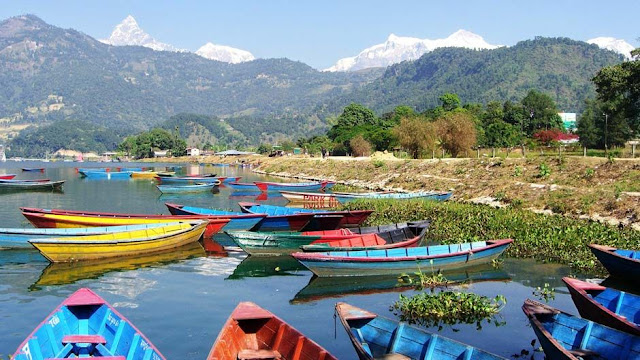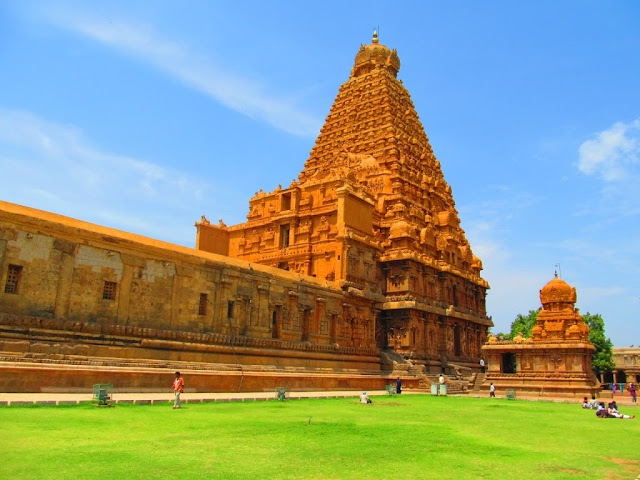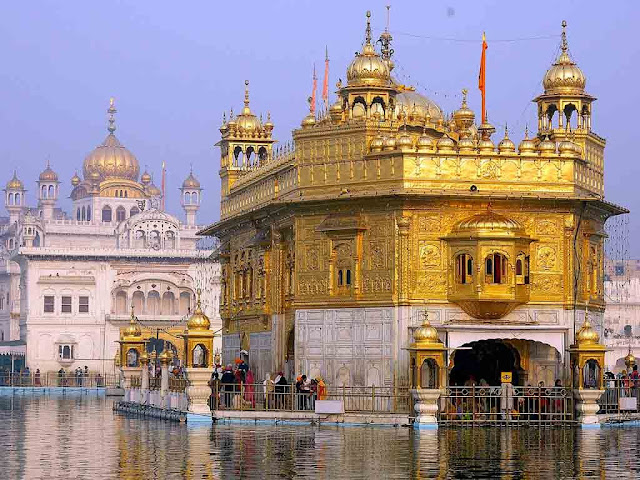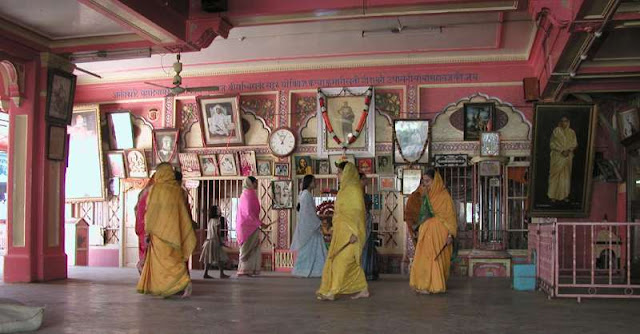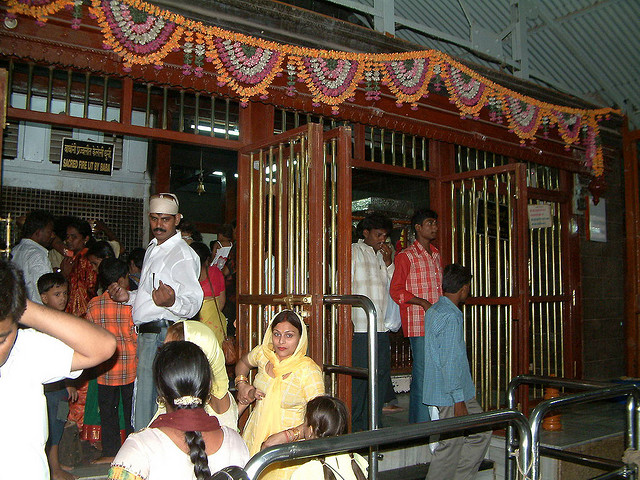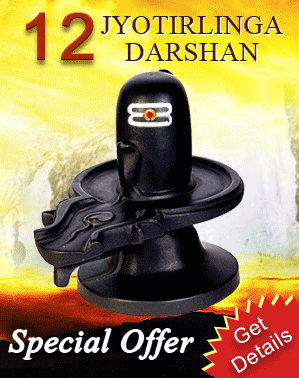India is rightly known as the land of spirituality, which has been the birthplace of a number of religions. Some of these religions are existent even today all around the world. It is well-known that the people of India strongly follow their religious beliefs, rituals and age-old traditions.
India boasts of being home to a number pilgrimage destinations that can be considered as the symbols of people’s religious beliefs and their spiritual line of thought. A number of these religious sites are visited by devotees not only from all across the country but all across the world.
Some of the most visited pilgrimage destinations in India include Vaishno Devi, Amarnath Yatra, Sacred Heart Cathedral, Golden temple, Chardham Yatra, Ajmer Sharif, Basilica of Bom Jesus, Kailash Mansarovar, Jagannath Puri, Sabarimala, Pushkar, and more.
If you are a first-time visitor to any of this places to visit in India, then here is a complication of 10 tips:
1. Ensure You Are Medically Fit :
Some of the popular religious sites are either placed on high altitudes or are located in places that have a dry climate. Your religious tour can become a slightly bad idea, if you are not fit physically. It is extremely important you should be medically fit, if you embark on a journey to any pilgrimage destination in India. Good physical fitness is necessary. However, now helicopter tours are being provided for those who are not physically fit and are not in a state to embark on long journeys on-foot.
2. Modest Dressing is Advised :
It is advisable that you follow modest dressing. Wearing shorts or a spaghetti or a halter-neck top is a complete no-no. It is important that one should keep his/her legs and arms covered. This way you respect the religious sentiments of the place that you are visiting.
3. Stay Vigil :
Most of the religious sites in India are quite crowded, like any other popular tourist destination. There are pilgrims, porters, vendors, horses, locals and so on. Therefore, it is important that you should stay vigil. Take care of your luggage and other belongings. If you have handed-over your luggage to a porter or have loaded it on a pony or a horse, keep track of them. You can need anything from your luggage any time. Things will be comfortable for you like this.
4. Choose The Right Kind of Footwear :
Keep your slippers and flip-flops at your home. Some trails comprise of sharp high and lows or you might have a walk a lot. This can be done only by wearing proper trekking shoes. You do not wish to wish to fall or to get tired anytime during the journey because of wrong choice of footwear. It is necessary that you choose the right kind of footwear.
5. Carry The Right Peripherals :
It is recommended that the pilgrims should carry the right peripherals but make sure that you pack light. You will not want to feel burdened during the journey. You can pack your medicines, a hat/cap, sun shades, may a small umbrella, a water bottle, energy bars, any necessary document that may be required during the journey, a few munchies or any other item that you feel is of use to you.
8. Be Friends With Your Guide :
If you are taking the services of a guide during your religious journey, then it is quite important that you should be friends with them. They are those people who are helping you in knowing your destination better. You will not want your religious journey to be an unsuccessful one by behaving rudely to a local. It is advisable that you should be friendly with your guide. Nevertheless, try not be over-friendly.
9. Respect Local Religious Sentiments :
As said earlier, Indians are extremely touchy about their religious beliefs and practices and thus, a tourist should respect local religious sentiments. Take care of things as trivial as not wearing footwear inside the temple premises or covering your head when inside the temple. It is like giving respect to the Gods and Goddesses of India, besides the sentiments of the locals.
10. Look Out For Crooks And Touts :
Like any other tourist destination, pilgrimage destinations have crooks and touts, who only wish to make money from tourists. Be careful of such kind of people. Just stay away for those locals who are trying to be too friendly with you.








